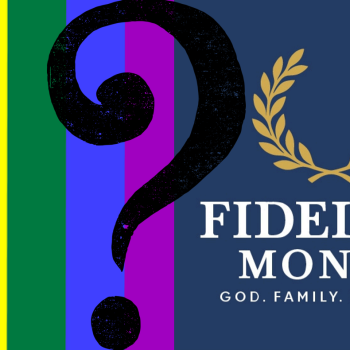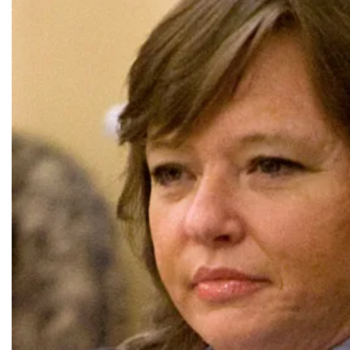This past weekend Mormon families gathered around their electronic screens-of-choice to watch the semi-annual proceedings of the General Conference of The Church of Jesus Christ of Latter-day Saints. (Did you notice what I did there? "Mormons" is fine for members of the church, but the full nine-word name is preferred when referring to the institution. So no "Mormon Church," please. This was just one of points of instruction communicated at this year's conference.)
Pre-game prediction and post-game analysis is a time-honored April and October sport for Mormons. What new temples might be announced or new policies introduced? What exactly did Elder So-and-So mean to say in his second paragraph? Why did President Monson arrive an hour late for the first session? The talks given over the pulpit by the church's general authorities this past weekend will serve, together with the scriptures, as the basis for countless Sunday lessons, talks, home teaching messages, devotional study sessions, and family conversations by rank-and-file members for the next six months. So we pay a lot of attention to what's said, who says it, and how.
One of the post-game comments that has received a lot of attention over the last few days is a post up at the LDS-issues blog bycommonconsent.com. Blogger Cynthia L. applauds the church's good work in recent years to bring women's voices into fuller participation in ecclesiastical settings. The newest edition of the handbook of general instructions for local church leaders, for example, explicitly allows women to pray, from the pulpit and before the congregation, in Sunday sacrament meetings, a practice that was taboo in some regions for many years. (Anecdotal reports suggest that the taboo hangs on in some areas.)
In this welcome new spirit of gender inclusiveness, she suggests, women might also be invited to pray publicly in a general session of Conference, something that has never happened to this point. It's been about twenty-five years since the female officers of the church were first invited to deliver Conference addresses over the pulpit in the Tabernacle, about the same time that the women's general auxiliaries experienced a renaissance in their church-wide vitality and profile. To now invite women to pray as well as to speak in conference, Cynthia suggests, would be a fitting means of highlighting the newly affirmed importance of women's voices at the local and the general levels.
What's interesting to me about Cynthia's suggestion is the way she's situated her proposal in a distinction between church doctrine and church policy:
The church has been engaged in a sustained effort to identify and end inequalities between men and women that are without doctrinal justification, such as woman not being allowed to give opening prayers in Sacrament Meeting and women's voices not being adequately included in Ward Councils.
Because there is no doctrinal basis for restricting women's public prayer, she argues, we can conclude that the practice is just a policy—though she never uses that precise word—that church leaders can adjust to better serve changing circumstances. In this rhetorical choice Cynthia has good company. Many smart observers have invoked this distinction between doctrine and policy to make sense of the central question in a believing church history: if the church is divinely instituted, led by God's chosen leaders and founded on eternal truths, then why and how do its teachings evolve and its practices change from time to time?
One way to answer this question is flatly to deny that the church does change significantly at all. Another way is to suggest that the underlying principles of the gospel—the doctrines—are unchanging, but that policies are merely local and temporal applications of those principles and thus can be adjusted by inspired leaders. Doctrine is eternal, policies change; doctrine is from God, policies are put in place by humans; doctrine is salvific, policy is bureaucratic; doctrine is essential, policies are pragmatic. This kind of explanation can be deployed to make sense of problems from the 1978 lifting of the priesthood ban to Paul's teachings on marriage to—who knows?—the invitation of women to pray in General Conference.





